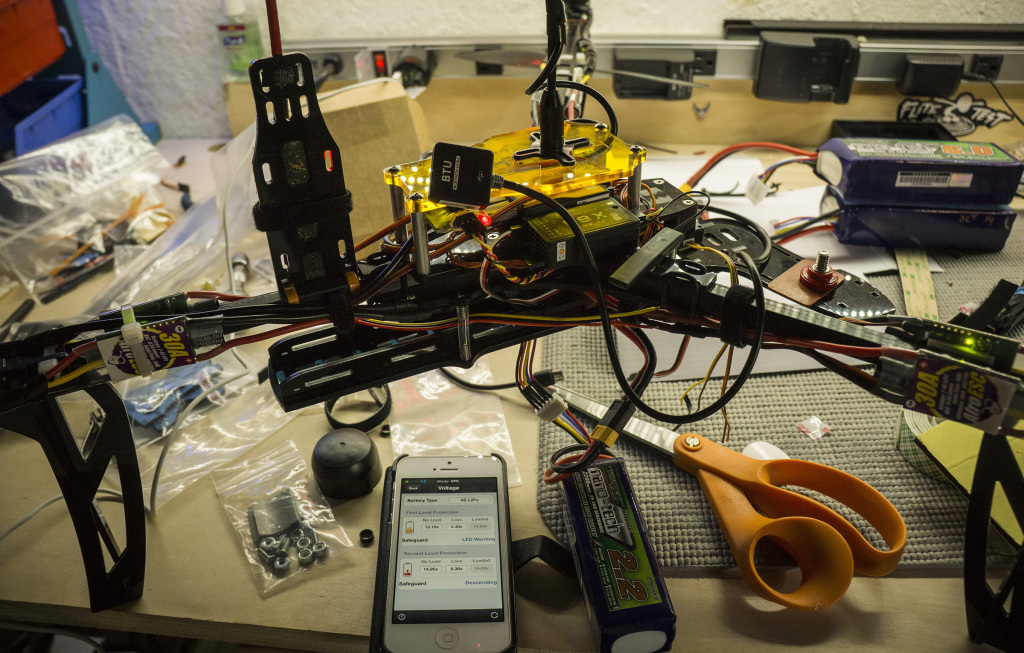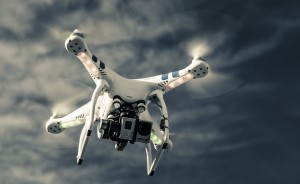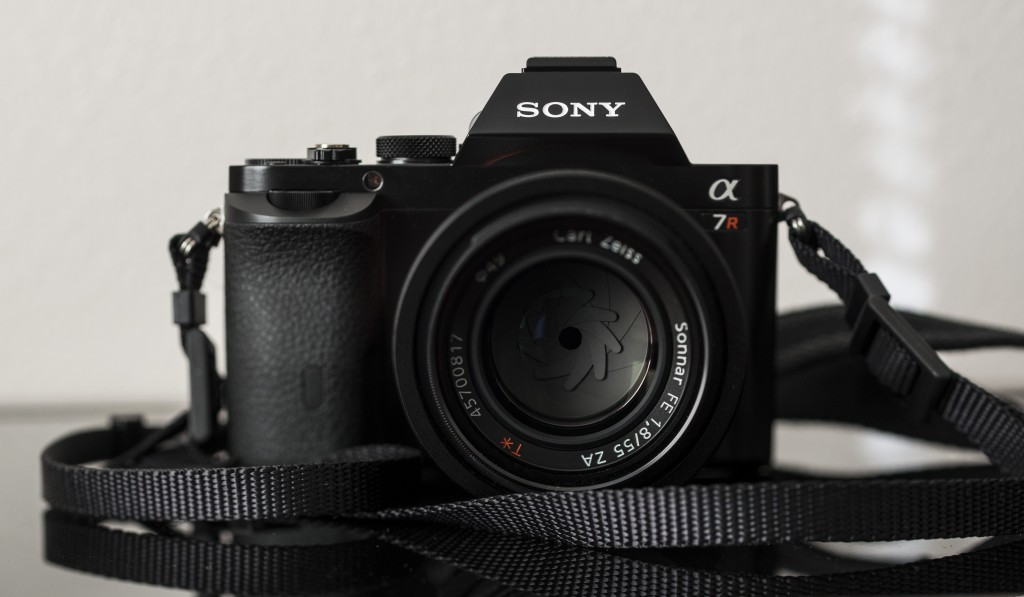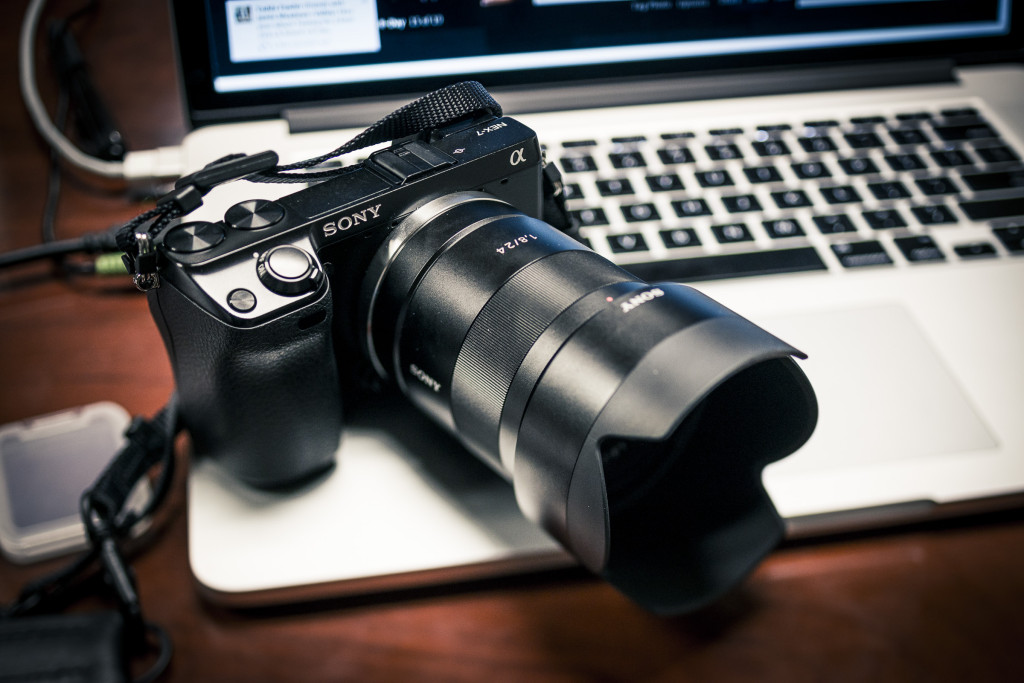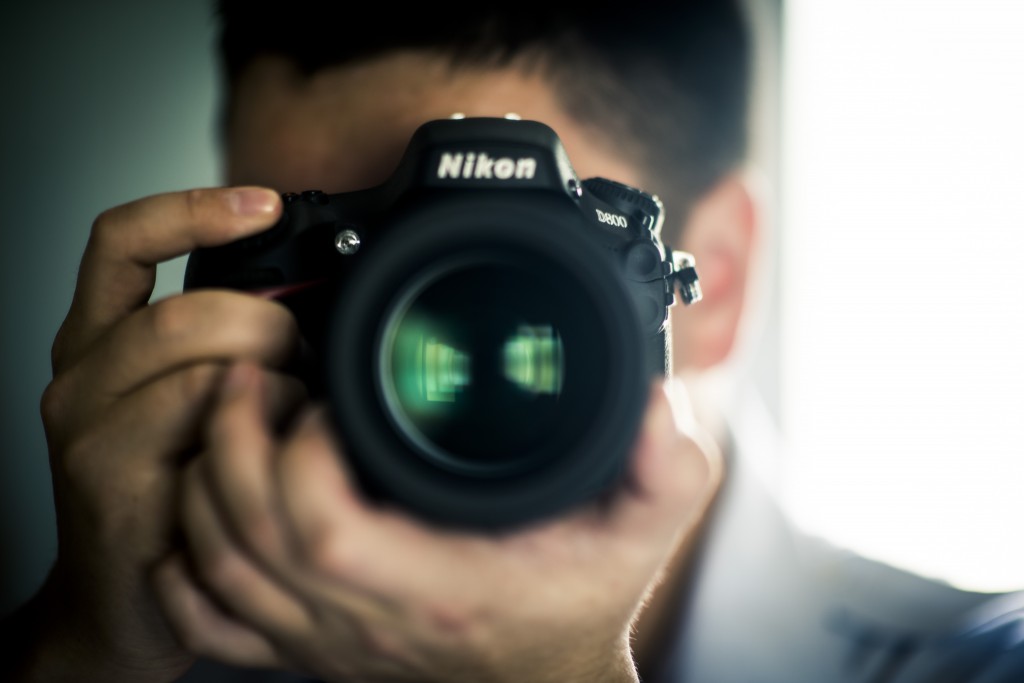In a previous blog (linked here), I discussed some of the safety issues and considerations involved in getting into drone photography. In this blog, I’ll go over some of the parts that make up the drone and what they do. Continue reading
Tag Archives: recommendations
“So kids, you want to be a drone pilot?”
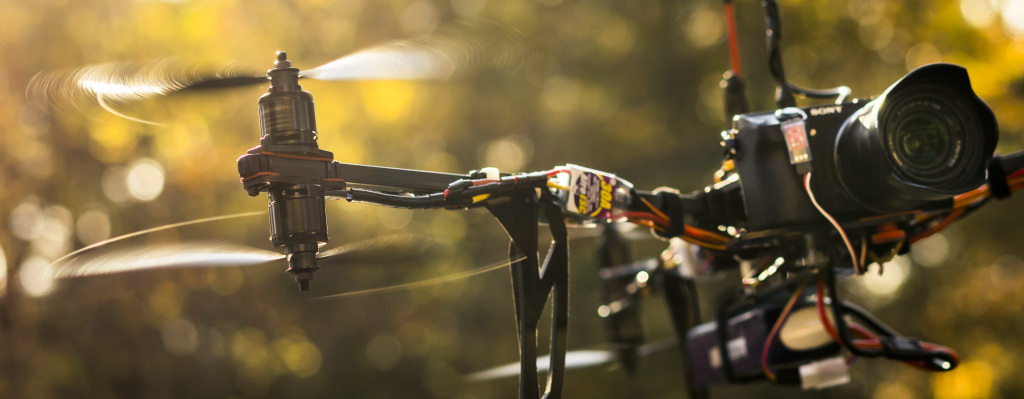 That’s the favorite phrase of my good friend Parker Gyokeres, usually when something goes horribly wrong, which is pretty frequent when you’re dealing with the “electronic divas with bipolar disorder” commonly referred to as drones.
That’s the favorite phrase of my good friend Parker Gyokeres, usually when something goes horribly wrong, which is pretty frequent when you’re dealing with the “electronic divas with bipolar disorder” commonly referred to as drones.
I’m not going to lie, flying remote-controlled aircraft, especially multicopters, is a LOT of fun and I’ve managed to capture some spectacular shots. It immediately adds production value to your project, and turns heads both on location and online. The thing is, there’s a lot more to it than most people realize, and a lot of things that can, and do, go wrong. Continue reading
Working with GoPro Hero3+ Footage
GoPros have certainly come into their own these past few years, becoming capable of high quality video from the most remote locations. This is particularly advantageous for aerial videography because the smaller and lighter a camera is, the smaller the airframe can be, and the longer it can stay in the air.
Here’s the problem though, sometimes you don’t want that fisheye “GoPro” look. It looks great for in-your-face footage of the X-Games, but not a sweeping vista as your aerial platform floats gracefully past.
This tutorial will show you how to get the most out of your GoPro so you can get near dSLR quality in most situations.
For more examples of what footage looks like using this technique, check out this video.
Dawn at the Idaho State Veterans Cemetery from Samuel Morse on Vimeo.
Review of the Sony α7R
I received my Sony α7R in the mail a little over a week ago. While I haven’t used it as extensively as I would have liked, I do think I’ve delved deep enough to offer some honest opinions on its functionality. Now, there are plenty of places like DPreview where you can get the full low-down on the specs and features, so I’m going to focus specifically on my own revelations about its functionality.
There was a reviewer who compared the α7R to the original iPhone. I think this thought is spot-on. This camera is ground-breaking and a beautiful glimpse into what the camera industry has in store for us in the future. However, it still has some serious flaws that are just enough that I don’t see this camera getting the mainstream usage future iterations might see. Still, the fact that Sony managed to cram a 36 megapixel full frame (35mm format) sensor into a mirrorless interchangeable lens camera is impressive. This means the camera is capable of image quality to rival my Nikon D800.
Let’s get started. Continue reading
Why I’ll likely be buying Sony for a while
Okay, so let’s get the elephant out of the room first. I’m not selling off all my Nikon gear anytime soon, and I still plan to use it extensively for high-profile shooting. In fact, the above photo was shot with my Nikon D800. That said, Sony has really piqued my interest in the past couple of years, to the point that I’m thinking that more of my personal camera gear should be Sony, not Nikon. Why? Well, there are a lot of reasons. Some of it has to do with my shooting style in my off-duty time. Some of it has to do with unique features Sony is putting in their newest cameras. Continue reading
All-in, shooting a triathlete
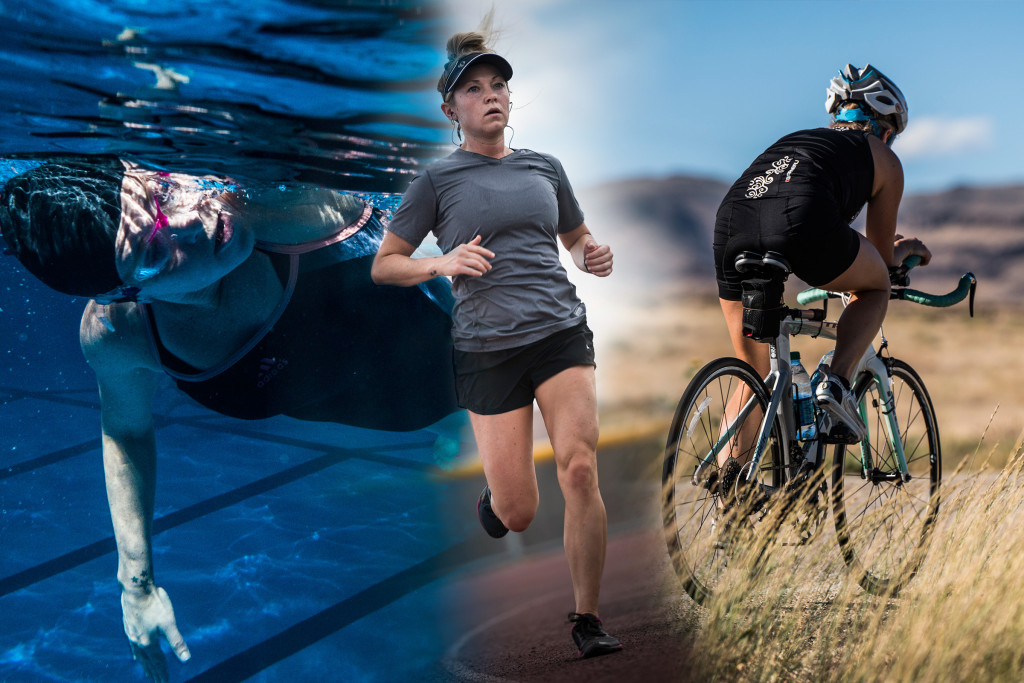 Let me first start off by saying this isn’t a comprehensive “how-to” post, but more of a behind-the-scenes look at what it took to get some compelling imagery of a triathlete. I’ll look at some things that worked, and a few things that didn’t work as well as I would have liked.
Let me first start off by saying this isn’t a comprehensive “how-to” post, but more of a behind-the-scenes look at what it took to get some compelling imagery of a triathlete. I’ll look at some things that worked, and a few things that didn’t work as well as I would have liked.
I must make a quick caveat that the photos picked for this blog are not necessarily the ones that went into the story (in fact, quite the opposite in many cases). The photos were picked because they show the techniques mentioned the best. Arguably, this blog applies to commercial photography more than journalistic photography.
Also, for full disclosure and credit where credit is due, the triathlete I was covering is Megan Stanton, an active duty U.S. Air Force medic. The full story is here: Perseverance: An Airman’s commitment to health, triathlon and career
Emerging technology and the fate of photojournalism
 Technology seems to change more and more rapidly with each passing year, and the technology of photography is no exception. Some of this has had a positive effect on the field of photojournalism while some has not. Some recent technology threatens to change the face of photojournalism forever.
Technology seems to change more and more rapidly with each passing year, and the technology of photography is no exception. Some of this has had a positive effect on the field of photojournalism while some has not. Some recent technology threatens to change the face of photojournalism forever.
It’s hard to have a conversation about breaking news photography these days without inevitably mentioning the Chicago Sun-Times bold move of firing its entire photo staff in favor of iPhone. Technology has made near-real-time reporting a possibility for just about anyone, but at the sacrifice of absolute quality. There are certainly a lot of people up in arms about laying off the photo staff of the Chicago Sun-Times, but what if the problem isn’t technology or social media, but our own inability to adapt to these new mediums? Continue reading
Behind the Scenes: Operation Christmas Drop
Operation Christmas Drop 2012 from Samuel Morse on Vimeo / YouTube.
Ever since the Operation Christmas Drop video went live, I have received a lot of questions about how I put the video together and how I managed to get the feel and emotion that permeates the video. Truth is, there were a lot of factors that played into it, a bit of help from a few key people. The factors could be grouped into the following categories (not necessarily in order of importance): the steadicam, in-flight documentation techniques, the interviews, the music and sound design, the scope and perspective of the video, and the editing.
Accolades:
1st Place, Video Documentary — Pacific Air Forces Media Contest
2nd Place, Multimedia — NPPA Monthly Multimedia Contest
3rd Place, Video Documentary – Air Force Media Contest
3rd Place, Multimedia Feature — Military Photographer of the Year Competition
Etiquette of the online culture war
 I thought I’d take a moment to talk about something that’s been bothering me lately. While I appreciate the public outcry over things like Chick-Fil-A’s “family-oriented” funding to fight equal marriage rights, I think there needs to be a level of decorum if we hope to achieve anything with the endless spam created over the internet. In light of this, I hope to offer some suggestions and words of wisdom garnered from my experience as a public affairs guy.
I thought I’d take a moment to talk about something that’s been bothering me lately. While I appreciate the public outcry over things like Chick-Fil-A’s “family-oriented” funding to fight equal marriage rights, I think there needs to be a level of decorum if we hope to achieve anything with the endless spam created over the internet. In light of this, I hope to offer some suggestions and words of wisdom garnered from my experience as a public affairs guy.
Nikon D800: Initial Thoughts
My Nikon D800 came in about two days ago. To say I was giddy as a school girl on prom night might be putting it mildly. This camera really is a dream come true in a lot of respects. The only two things that ever really irked me about the D700 was that sometimes I just wanted a bit more resolution to work with for large prints, and it didn’t have a video mode. My D5100 filled the video gap, but only just barely. Its manual controls for video were shoddy at best, and I ran into a lot of issues, especially trying to get a specific shutter speed in fluorescent lighting to minimize rolling shutter or banding.

